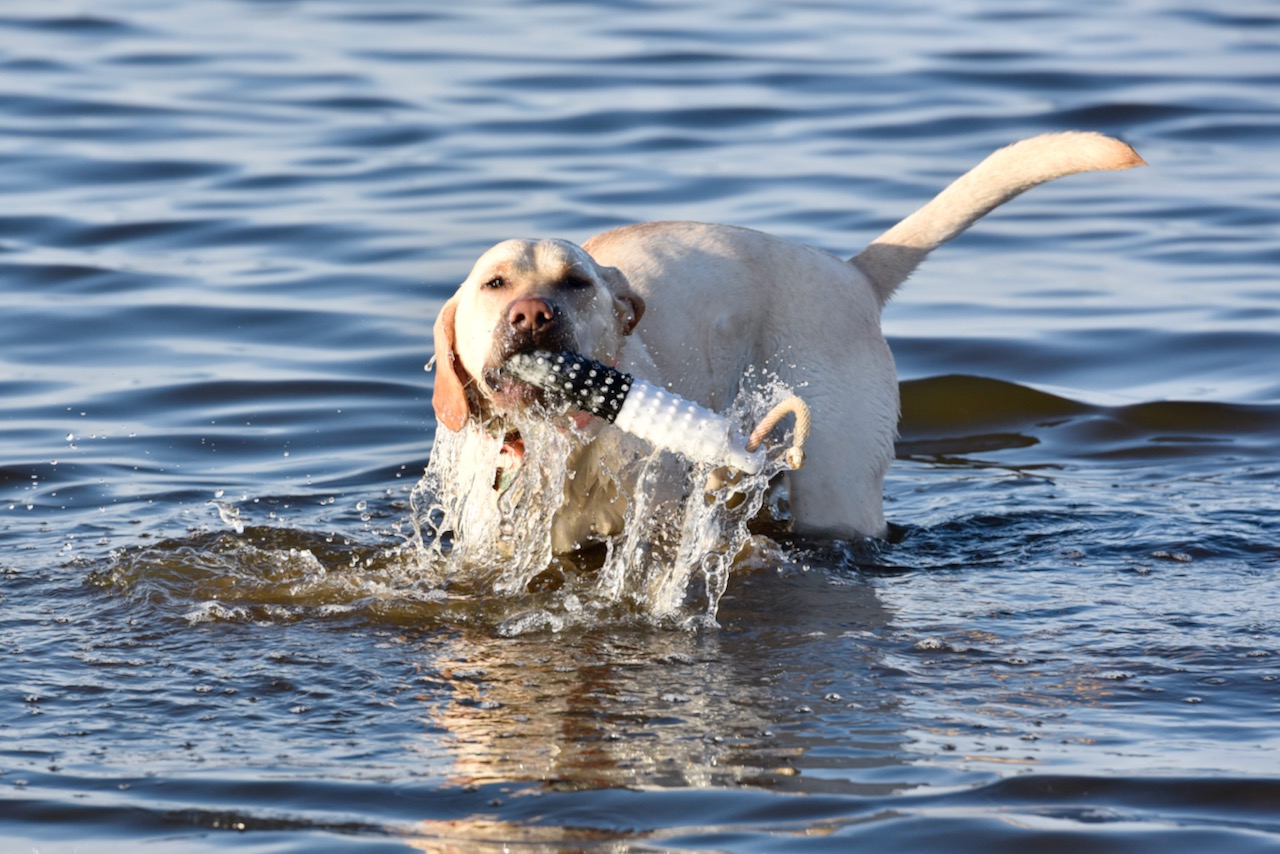PRE-SEASON PREP
Has Fido lost a step? These tips will ease your pooch back into top form
Advertisement
Hunting dogs are born athletes, but they can get out of shape during the off-season, just like their human counterparts. To get your dog in peak condition for the physically demanding hunting season ahead, follow a training program fuelled by a balanced diet.
FITNESS
Advertisement
In mid-summer, dogs may be coming off a period of relative inactivity, so ease them into training sessions to build up their fitness over time. At first, 10-minute training sessions should suffice, then gradually increase the time over the following six to eight weeks. Be sure to allow the dog to warm up, then cool down to help prevent injury.

The training can include specific drills, or general exercises. Swimming is an excellent option during the heat of summer, as it keeps dogs cool and it’s easy on their joints. Mix it up with running, but be sure to build in a day off for recovery time, and to closely monitor for injuries.
DIET
Advertisement
Quality food powers a dog’s muscles, providing strength and endurance, while the amino acids help with muscle growth and repair. A high-protein (30 per cent), high-fat (20 per cent) diet provides balanced nutrition. When a dog eats the right balance of proteins, fats and carbohydrates, it’s more likely to achieve a high VO2 max—the highest amount of oxygen the body can use—and that means enhanced performance.
While regulating the amount of food is key to maintaining a healthy weight, remember that more food may be needed as summer training intensifies. It’s best to stick with the same dog food year-round, as switching diets can disrupt the dog’s metabolism and lead to a loss of appetite.
HYDRATION
Along with keeping dogs hydrated and cool, water also helps in their digestion. Give them small amounts of cool water—never ice-cold—every 15 to 20 minutes during exercise to rinse the back of their throat and keep their cooling system working well. Training during the cooler mornings and evening hours also helps regulate a dog’s body temperature.
